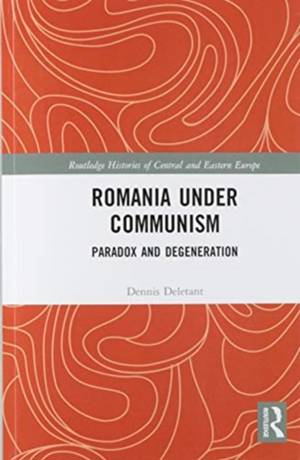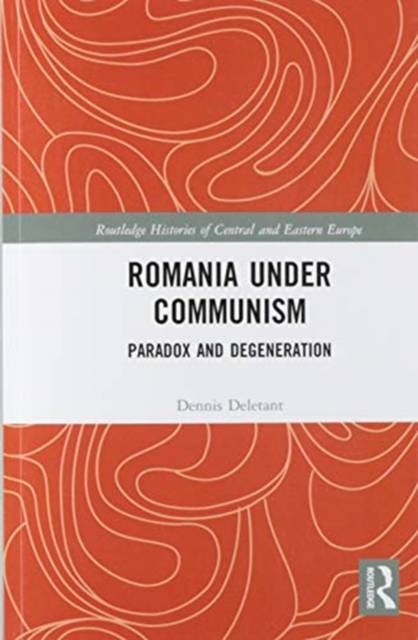
- Retrait gratuit dans votre magasin Club
- 7.000.000 titres dans notre catalogue
- Payer en toute sécurité
- Toujours un magasin près de chez vous
- Retrait gratuit dans votre magasin Club
- 7.000.000 titres dans notre catalogue
- Payer en toute sécurité
- Toujours un magasin près de chez vous
Description
Communism has cast a long shadow over Romania. The passage of little over a quarter of a century since the overthrow in December 1989 of Romania's last Communist leader, Nicolae Ceaușescu, offers a symbolic standpoint from which to penetrate that shadow and to throw light upon the entire period of Communist rule in the country. An appropriate point of departure is the observation that Romania's trajectory as a Communist state within the Soviet bloc was unlike that of any other. That trajectory has its origins in the social structures, attitudes and policies in the pre-Communist period. The course of that trajectory is the subject of this inquiry.
Spécifications
Parties prenantes
- Auteur(s) :
- Editeur:
Contenu
- Nombre de pages :
- 590
- Langue:
- Anglais
- Collection :
Caractéristiques
- EAN:
- 9780367585570
- Date de parution :
- 30-06-20
- Format:
- Livre broché
- Format numérique:
- Trade paperback (VS)
- Dimensions :
- 156 mm x 233 mm
- Poids :
- 939 g







